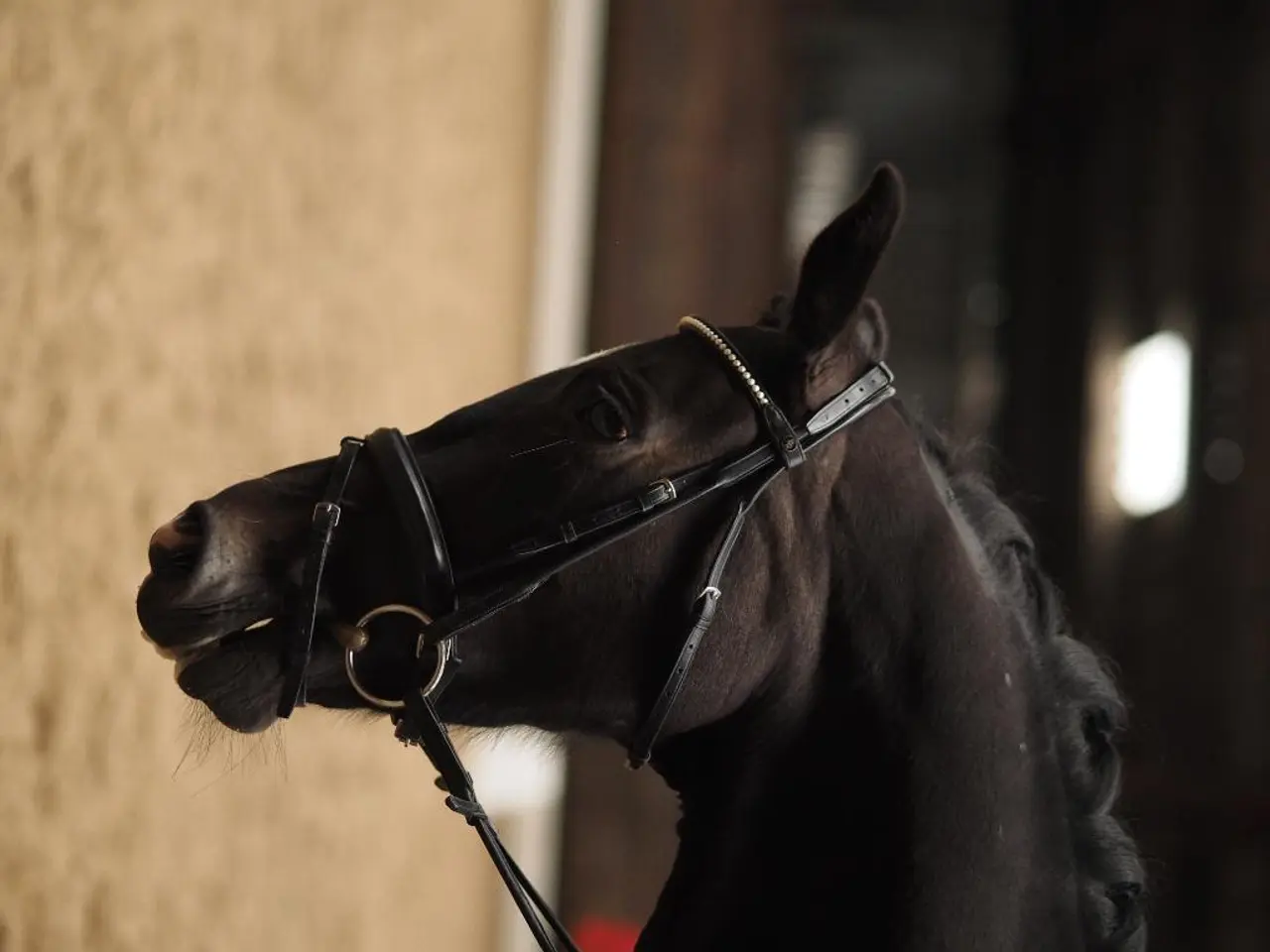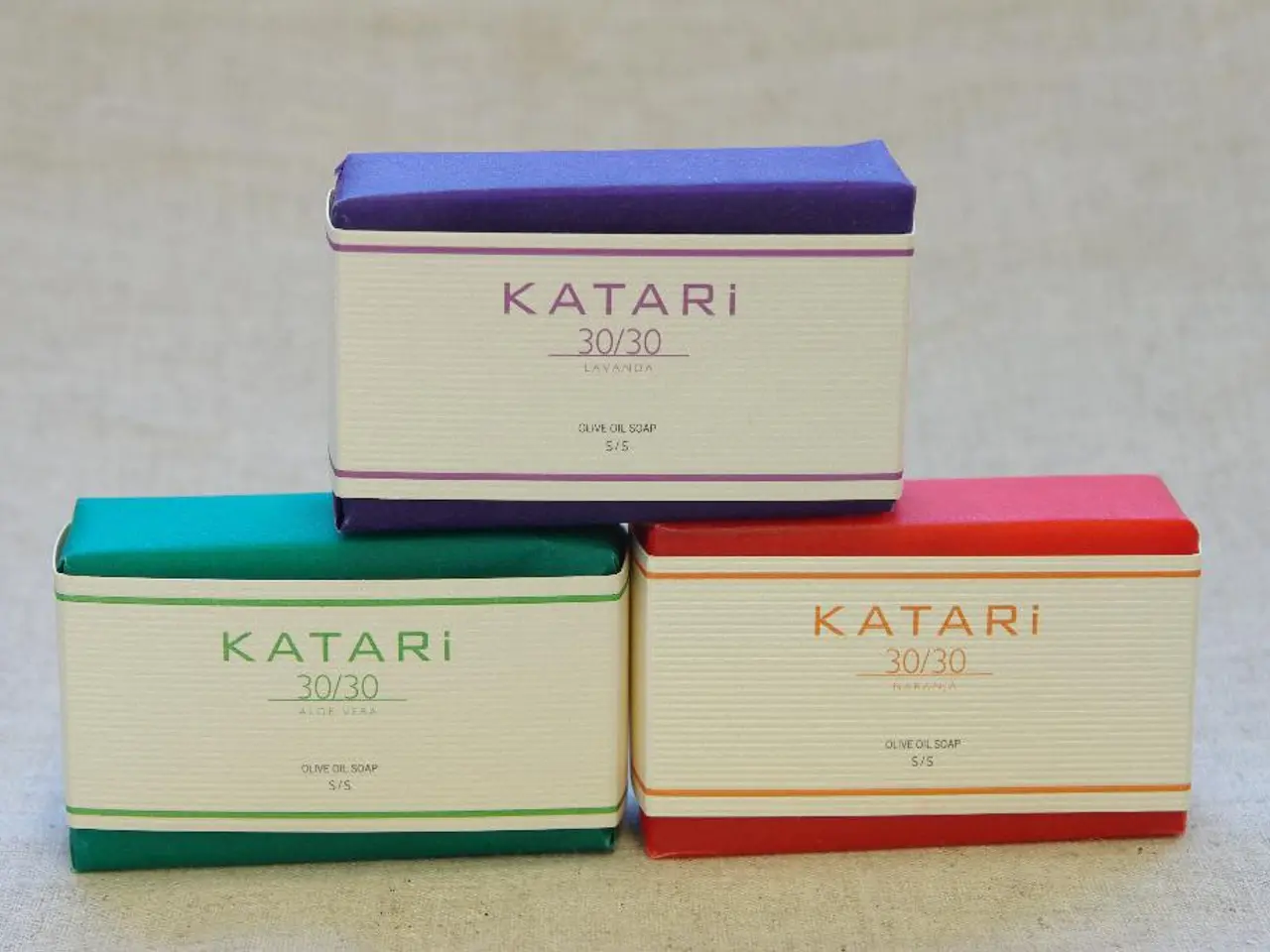Tale's Wisdom Unveiled: The Proper Method of Incorporating Learning within Narrative Construction
In the realm of storytelling, Disney's Inside Out stands out as one of the best educational stories the author has ever encountered. This captivating film offers valuable insights into the complexities of human emotions, all while maintaining a relatable and engaging narrative.
Storytellers can make their lessons more impactful and relatable by focusing on character-driven emotional arcs, simplicity in themes, and using visuals and emotions intentionally.
Start with character
The story of Inside Out begins with introducing us to Riley, a young girl, and her inner world, populated by personified emotions - Joy, Sadness, Anger, Fear, and Disgust. By building the story around these characters and their emotional journeys, audiences are able to connect on a deeper level.
Define a clear emotional arc
The film shows how Riley's emotions evolve as she navigates change, teaching viewers about acceptance and emotional balance. The emotional arc is well-defined, making the narrative both engaging and educational.
Embrace simplicity with one core theme
Inside Out centers on understanding emotions, avoiding over-complicated plots so the message is clear and accessible. This simplicity allows the audience to focus on the emotional journey of the characters, making the lessons more effective.
Use visuals deliberately to reflect emotional states
The movie uses colour and animation to represent feelings vividly—blue for sadness, bright yellow for joy—helping viewers intuitively grasp the character’s inner world.
Make the audience care by showing stakes through relatable challenges
Inside Out lets us empathize with Riley’s fear and sadness as real, tangible struggles, which raises emotional investment. By making the challenges relatable, the audience is more likely to engage with the story and absorb the lessons.
Evoke strong core emotions
Powerful storytelling often ties a memorable experience to a distinct emotion, which deepens impact and helps the lesson stick. Inside Out does this effectively, creating a strong emotional connection with the audience.
By integrating these elements—relatable characters with emotional depth, visual storytelling that embodies feelings, simplicity of theme, and building empathy through stakes and emotional resonance—storytellers can make their lessons more impactful and memorable.
However, it's important to avoid shoehorning a lesson into a story just for the sake of looking deep. If the audience can guess the lesson right away, they might think "I already know that" and start tuning out.
In Inside Out, the consequences of the characters' actions flow naturally from their behaviour, their environment, and the people around them. It's beneficial to teach something that hasn't already been taught, or teach it in a new way, even if the lesson is generic.
If the characters' behaviour seems out of character, or you have to bend over backward to create the scenario that's used to teach the lesson, it will hurt the quality of both the lesson and the story. Inside Out portrayed Sadness as disruptive and incompetent in the early parts of the story, but her transformation into a valuable and necessary part of Riley's emotional world makes for a compelling narrative.
In conclusion, Inside Out is a prime example of how emotional storytelling can make lessons more impactful and memorable. By focusing on relatable characters with emotional depth, visual storytelling that embodies feelings, simplicity of theme, and building empathy through stakes and emotional resonance, storytellers can create engaging and educational narratives that resonate with audiences.
Writing tips for lifestyle bloggers and social media influencers could include focusing on character-driven emotional arcs to create deeper connections with their audience, defining a clear emotional arc in their narratives to ensure engagement, embracing simplicity with one core theme, using visuals deliberately to reflect emotional states, and making the audience care by showing relatable challenges. Fashion-and-beauty bloggers could benefit from studying the way Inside Out uses color and animation to represent feelings, helping their audience intuitively grasp the emotional journey of their products or looks. For book authors or those working in the entertainment industry, emulating the structured narrative of Inside Out, which builds empathy through stakes and emotional resonance, can help create engaging and educational stories that resonate with readers. Lastly, when developing educational content, it's crucial to avoid forcing a lesson onto a story, and to ensure the characters' behavior is consistent and natural, as seen in Inside Out's portrayal of Sadness.








